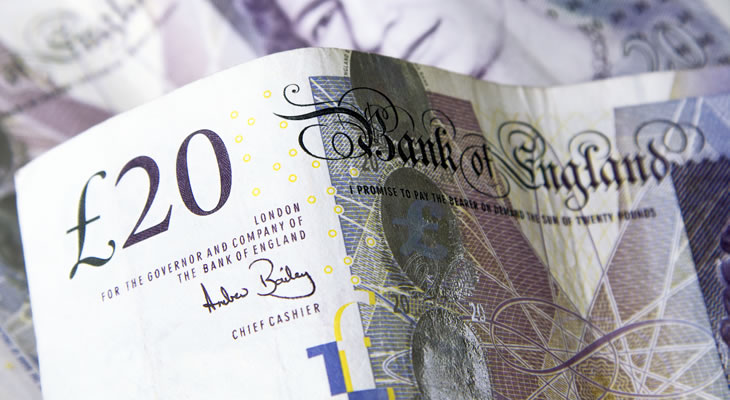In another blow for the Pound, YouGov’s November consumer confidence index proved worse than anticipated, plunging to its joint-lowest level since the Brexit vote.
Coming on the heels of the various downward revisions to the Office for Budget Responsibility’s (OBR) economic forecasts this added to the more bearish market view of the UK outlook.
With wage growth expected to remain sluggish for some months to come the signs seem to point towards a weaker level of consumer spending, something which could drag on wider economic growth.
However, the Pound US Dollar exchange rate was able to hold onto an uptrend ahead of the weekend thanks to the latest developments surrounding Brexit.
Reports that Theresa May could break the deadlock over the terms of the UK’s departure from the EU naturally encouraged investors to pile back into Sterling on Friday.
Even so, a fair degree of uncertainty still surrounds the subject of Brexit.
There is still a risk that the EU will not give talks the green-light to progress to their second phase before the end of the year, leaving GBP exchange rates exposed to significant downside pressure.
Either way, political developments are likely to remain the major source of Pound movement in the near term.
US Dollar Strength Limited by Uncertain Fed Policy Outlook
Demand for the US Dollar, meanwhile, remained somewhat muted in the wake of the Thanksgiving holiday.
After a quiet day of trading on Thursday USD exchange rates struggled to find any particular support, particularly as the Euro continued to strengthen on the back of positive Eurozone data.
As researchers at Wells Fargo noted:
‘This week’s limited schedule of economic reports included just four major indicators: existing home sales, advance durable goods orders, weekly unemployment claims and the University of Michigan’s Index of Consumer Sentiment. All of the reports are consistent with the economy throttling back a bit from the 3 percent plus pace averaged during the prior two quarters. In fact, revisions to previously published data suggest that third quarter real GDP growth will be revised higher to 3.2 percent.’
Even so, the Federal Reserve still looks on track to raise interest rates at its December policy meeting, in line with market expectations.
However, if domestic data continues to display a weaker level of growth this could raise questions over the likelihood of policymakers pursuing tighter monetary policy in the coming year.
Suggestions that the Fed could soon return to a neutral bias are likely to boost the GBP USD exchange rate, with the ‘Greenback’ still looking vulnerable to fresh softening.
Current GBP USD Interbank Exchange Rates
At the time of writing, the Pound US Dollar exchange rate was making gains in the region of 1.3350. Meanwhile, the US Dollar Pound exchange rate was slumped around 0.7490.


Comments are closed.